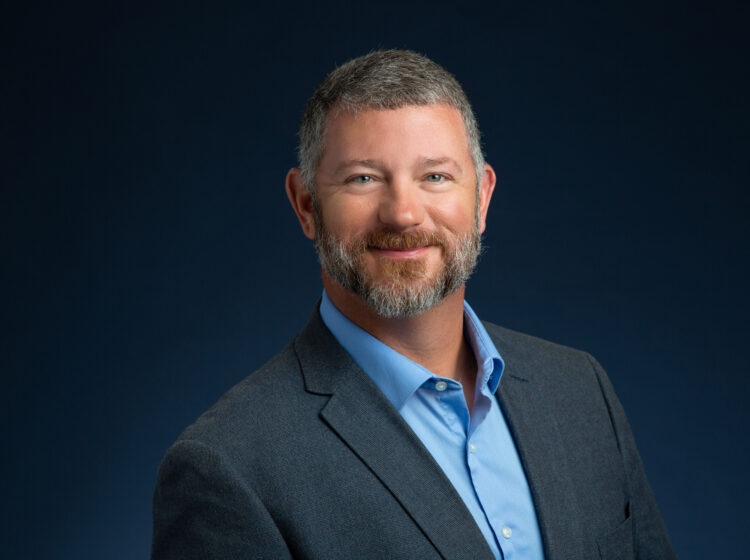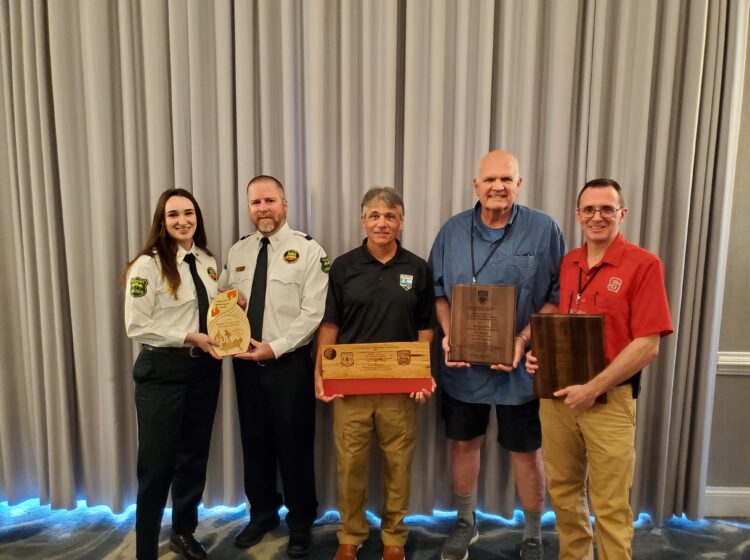Clean & Reliable Water
Private and public forests help keep drinking water safe, reliable and affordable
Water is the most important substance on the planet – the presence of clean and abundant water is crucial to the survival of humans and thriving communities.
Even if drinking water sources aren’t located within a forested environment, chances are high that those source watersheds derive much of their water quality from forested uplands and headwaters. In the Southeast, more than 44% of the total water supply, or about 98 trillion gallons, comes through state and private forests before it makes its way into waterbodies.
Healthy forests effectively filter water, recharge aquifers, prevent erosion, and provide more than half of the available water supply for 14 million people.
Recent News
View AllHealthy forests are critical to the future of our drinking water
The Southeastern Partnership for Forests and Water initiative recognizes that healthy forests support healthy drinking water.
Drinking water is one of our most valuable resources because we need it to survive. Healthy, sustainably-managed forests are linked to:
- Safe and reliable drinking water
- Less need for water treatment
- Less energy and chemicals used in drinking water treatment processes due to reduction in turbidity and contaminants
Utilities can work in partnership with forest landowners to improve watersheds through the promotion of healthy forests.
Hear from the Experts
Healthy forests make for healthy watersheds
Even though trees cycle water in part through evapotranspiration, their ability to help the soil retain long-term moisture allows forests to sustain better streamflow.
- Forests soften the impact from rainfall and protect soil from erosion.
- Tree roots help rainfall soak into the soil and reduce surface runoff, helping to replenish groundwater.
- Microbes in the soil break down nutrients and contaminants in runoff water, allowing tree roots to absorb these chemicals before entering waterways.
- Forests provide habitat and food sources for a variety of organisms including at-risk aquatic species.
Implementing a science-based framework to mitigate water pollutants
The forest-water connection has been formally acknowledged by the forestry community for decades.
In 1972, the Clean Water Act (CWA) expanded U.S. water quality protections and directed states to assess nonpoint source (NPS) pollution impacts to water quality. This spurred a states-led effort to develop forestry best management practices (BMPs) for water quality. Since then, the program has grown, with all states now having forestry BMP programs in place to minimize water quality impacts and protect impaired waterbodies.
Forestry BMPs are implemented during silvicultural activities, which include harvesting timber, reforesting land, building roads, crossing streams and other typical forestry operations. When applied properly, they help control erosion and runoff, prevent pollution from hazardous chemicals and protect aquatic ecosystems.
The forestry community works together to protect our waters
Through a successful voluntary BMP program, southern states collaborate with land managers and other key partners to protect water quality.
The southeastern states typically apply a non-regulatory approach to BMP implementation with loggers, foresters and landowners. State forestry agencies in the South work collaboratively with key groups and stakeholders to educate, incentivize and reduce barriers to application. This often includes efforts like logger training and certification programs, preharvest planning advice, property tax incentives, equipment loan programs and helping develop forest management plans.
Learn More
Resources
Forest-Water Relationship Videos
Access a YouTube playlist of videos highlighting various forest watershed topics.
Infographic: Clean Water Grows on Trees
Download an infographic demonstrating the relationship between forests and clean water.
Southeastern Partnership for Forests and Water
The Southeastern Partnership for Forests and Water is a partnership promoting forested watersheds that provide safe, reliable drinking water.
Center for Forest Watershed Research
View research resources on management concepts, practices, and effects on water, soil and forest resources
Storymap: Benefits of State and Private Forest Lands for the South
View a storymap quantifying the role of state and private forest lands in providing surface drinking water supply for the southern United States.
Protecting Drinking Water at the Source
Learn how partners can work with the U.S. Forest Service to protect drinking water sources.
Forestry Learning Exchange
Find webinars, tools and resources to collaborate with the forest sector on water protection.
Podcast: How the River Flows
Listen to a podcast on the integral connection between forests and drinking water.
NRCS Regional Conservation Partnership Program
Find financial support to qualifying projects that benefit both forests and drinking water.
Storymap; 2018 Regional BMP Report
View a storymap presenting results from the 2018 Regional BMP Report.
SGSF Regional BMP Reports: 2018, 2012 and 2008
Success Story: Regional Efforts to Promote Forestry BMPs
Download a PDF demonstrating successful efforts to implement forestry BMPs in the South.


